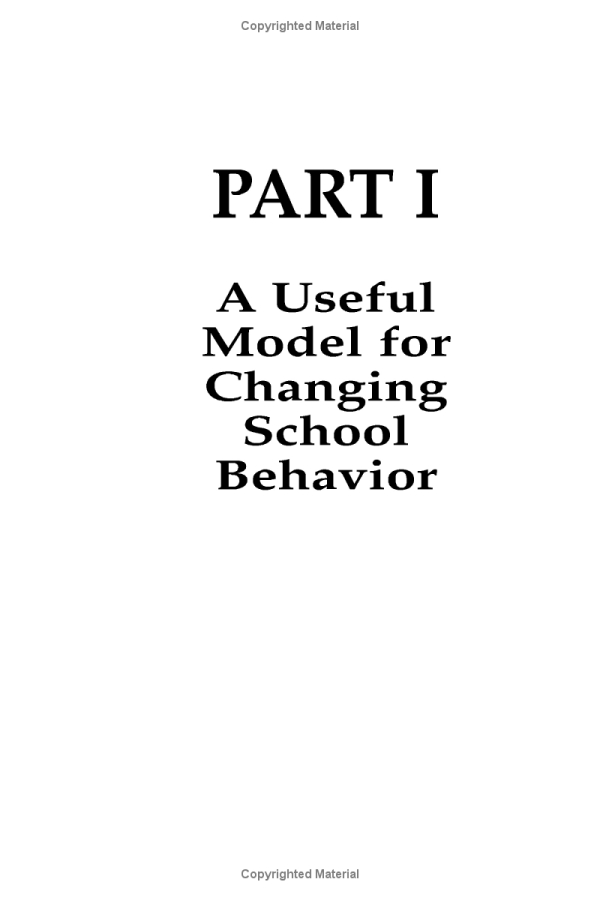"How to Overcome the Challenges of Defaulted Student Loans: A Comprehensive Guide"
#### Defaulted Student LoanA defaulted student loan refers to a situation where a borrower has failed to make required payments on their student loan for an……
#### Defaulted Student Loan
A defaulted student loan refers to a situation where a borrower has failed to make required payments on their student loan for an extended period, typically 270 days for federal loans. When a loan defaults, the entire balance becomes due immediately, and the borrower may face severe consequences, including wage garnishment, tax refund seizures, and damage to their credit score.
#### Understanding Defaulted Student Loans
The journey of student loans can often be overwhelming, especially when it leads to default. Understanding what a defaulted student loan entails is crucial for any borrower. Default occurs when payments are not made for several months, and it can happen with both federal and private loans. Federal loans provide more options for rehabilitation and repayment, while private loans often have stricter terms.
#### Consequences of Default
The implications of defaulting on a student loan can be severe. Borrowers may experience a significant drop in their credit score, making it difficult to secure future loans, mortgages, or even rental agreements. Additionally, the government can take aggressive actions to recover the debt, such as garnishing wages or seizing tax refunds. The stress of managing a defaulted loan can also take a toll on a borrower’s mental health and overall well-being.

#### Steps to Take if You Defaulted on a Student Loan
If you find yourself in the unfortunate situation of having a defaulted student loan, there are several steps you can take to regain control of your financial situation:
1. **Understand Your Loan Status**: The first step is to gather all relevant information about your student loans. This includes understanding whether they are federal or private loans, the total amount owed, and the loan servicer's contact information.
2. **Contact Your Loan Servicer**: Reach out to your loan servicer to discuss your options. They can provide information on rehabilitation programs, loan consolidation, and other potential solutions.
3. **Consider Loan Rehabilitation**: For federal loans, rehabilitation is a process that can help you get back on track. By making a series of agreed-upon payments, you can restore your loan to good standing.

4. **Explore Loan Consolidation**: If rehabilitation is not an option or if you have multiple loans, consolidating your loans into a single payment may be beneficial. This can simplify your repayment process and potentially lower your monthly payment.
5. **Seek Financial Counseling**: Sometimes, professional help is necessary. Consider reaching out to a financial advisor or a nonprofit credit counseling service to explore your options.
6. **Stay Informed About Your Rights**: It’s essential to know your rights as a borrower. Familiarize yourself with the Fair Debt Collection Practices Act and other regulations that protect you from aggressive collection tactics.
7. **Make Payments**: If possible, start making payments, even if they are small. This can demonstrate your willingness to repay the loan and may help in negotiating better terms.
#### Prevention is Key

While dealing with a defaulted student loan can be daunting, prevention is always the best strategy. Borrowers should stay informed about their repayment options and communicate with their loan servicers regularly. Understanding income-driven repayment plans and deferment options can help borrowers avoid default in the first place.
#### Conclusion
Navigating the complexities of defaulted student loans can be challenging, but it is not insurmountable. By taking proactive steps, understanding your options, and seeking help when needed, you can work towards regaining control of your financial future. Remember, it’s essential to stay informed and proactive about your student loans to avoid the pitfalls of default.